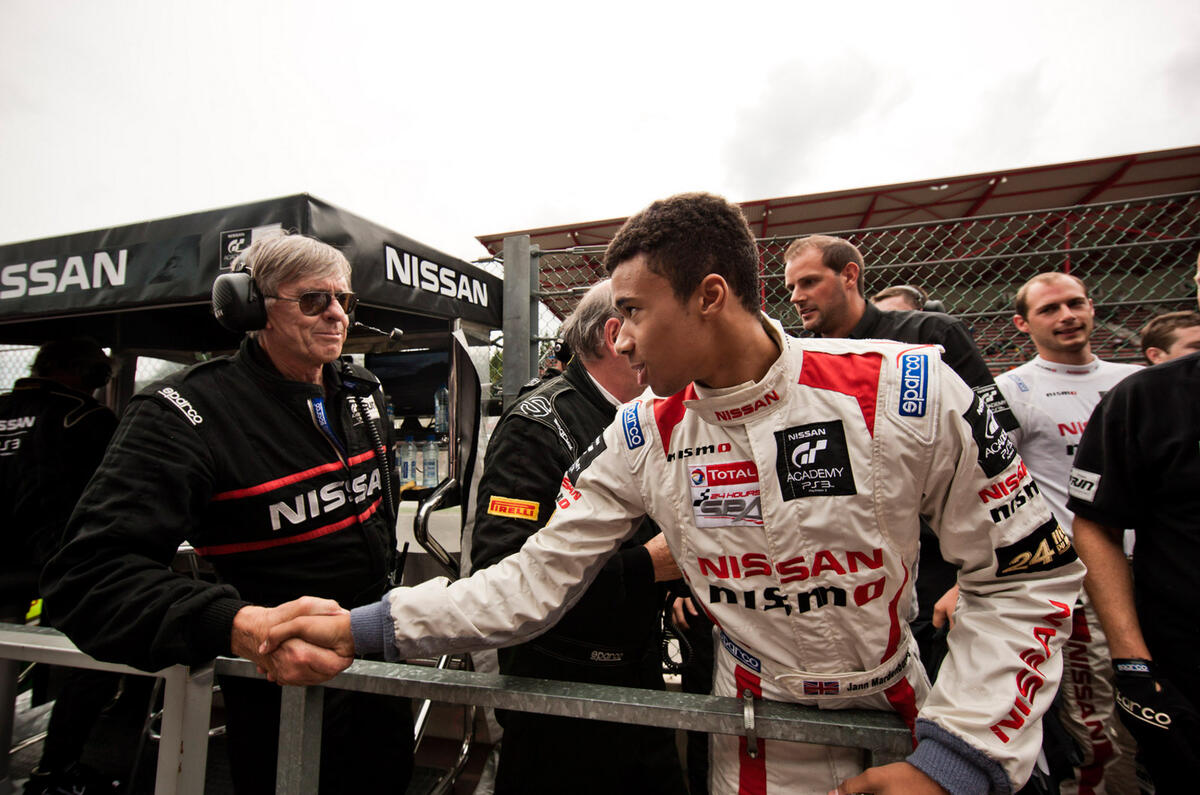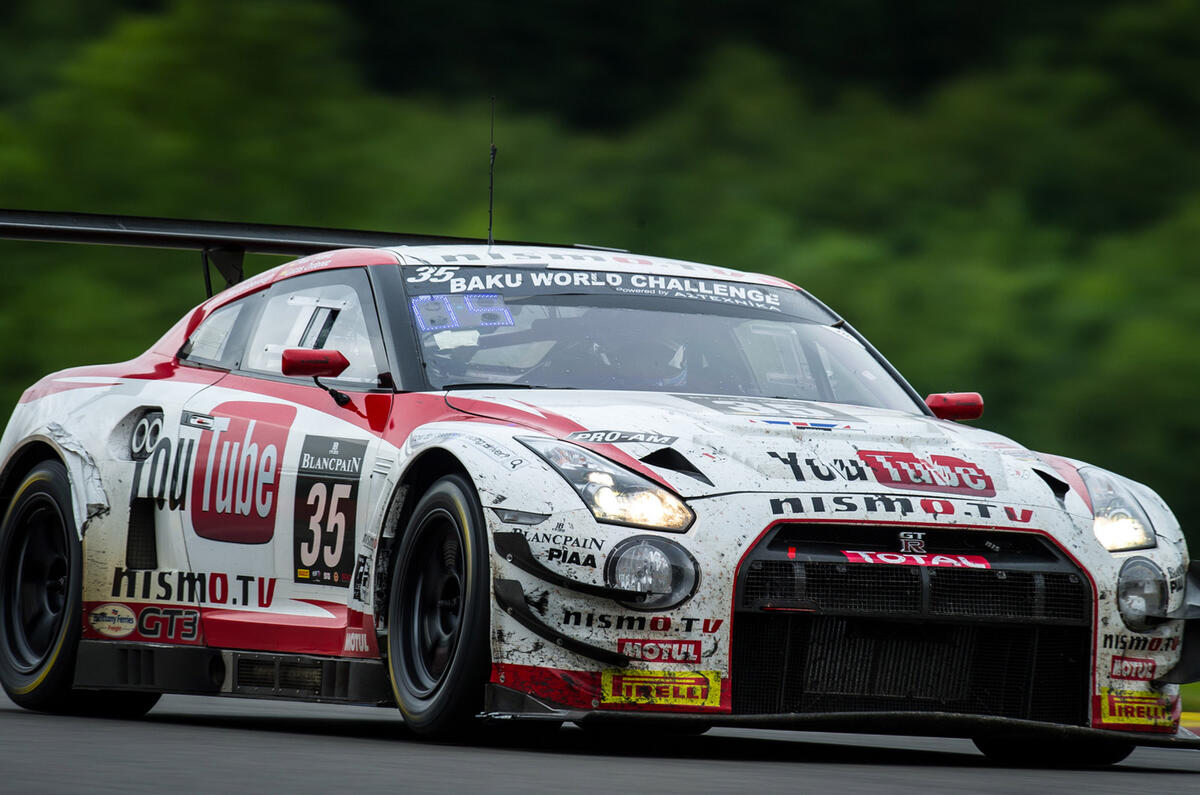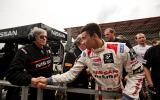Jann Mardenborough is an unassuming, articulate and affable racing driver.
He is not, however, your conventional driver who’s worked their way up from karting and other similar entry-level motorsports. He’s 21 years old, and, as of 2011, had never driven a race car – at least, that is, not a real one.
In 2011 Jann was on a gap year and idly wondering what to do next. He spent a lot of time on the PS3, playing Gran Turismo to a seriously competitive degree, but that didn’t really seem set to open any doors. Then, as luck would have it, he heard about the GT Academy, a driver discovery and development scheme.
Launched in 2008 by Sony, Polyphony Digital and Nissan Europe, the GT Academy allows Gran Turismo players to compete for a chance to become a real-life racing driver, by proving their skill in the game and then seeing if those talents translate in to a real car. The top prize is a spot on the Nissan racing team, and all the training and licensing necessary.
Online time trials, using Nissan cars, are used to narrow down the candidates, after which a national final takes place where the remaining competitors race in a series of elimination rounds. The top performers are then invited to drive real-life Nissans at Silverstone to test their agility, skill and stamina, allowing the judges to see who has what it takes to become a professional driver.
After winning season three of the GT Academy in June 2011, Jann started on the path to becoming a professional racing driver. He raced to a podium finish in the Dubai 24 hours in 2012, and had a competitive first season in the British GT championship in the Nissan GT-R Nismo GT3.
He’s even competed in the Le Mans 24 Hours, where he achieved a podium finish with Michael Krumm and Lucas Ordonez. Most recently he participated in the Spa 24 Hours, driving the No 35 Nissan GT-R Nismo GT3 to a third in class finish, and seventh overall, with his GT Academy teammates Lucas Ordonez, Wolfgang Reip and Peter Pyzera.
That’s no mean feat, I’m sure you’ll agree, especially given the endurance, concentration, finesse and modicum of luck required to even complete a 24-hour race. During last weekend’s visit to Spa, I was fortunate enough to catch up with him just after the race – and I was curious about how difficult the change from virtual reality to hammering past very real trees at 180mph had been.
“I don’t think it was difficult to transition, but one of the more difficult techniques to get to grips with, I’d say, was the vision side of things. For me, I had a small 14-inch screen at home to play the game on. My eyes were constantly fixated on the small screen, so much so that they would barely move.




























Join the debate
Add your comment
Amazing
This is really a big inspiration for all PS3 and PSP addicts. My son already loves racing, he also used to play car racing using his tamiya cars and tracks.
cleopatra slot
Or you could join the SAS for
Or you could join the SAS for real, after playing War of the Worlds playstation 3....etc. Or even become a pilot, jet fighter or otherwise, after a couple of flight sims.